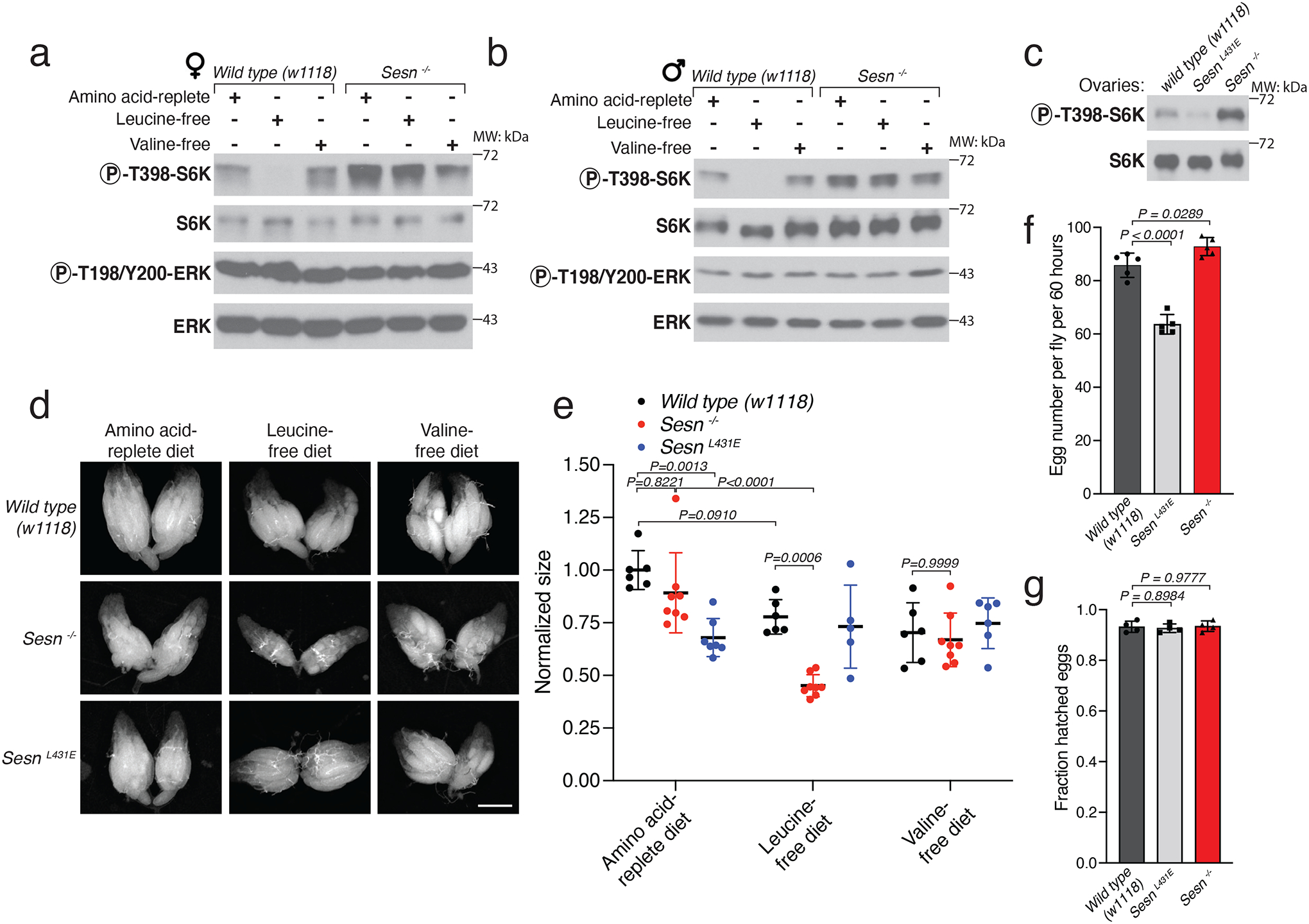Extended Data Fig. 3: Sestrin-mediated mTORC1 signaling in ovaries.

a, b, Sestrin mediates leucine-sensing by mTORC1 in adult animals. Immunoblot analyses of whole adult animals of the indicated sex and genotype following overnight starvation and 1.5 hours of refeeding with the indicated diets.
c, In flies feeding a standard diet and lacking Sestrin or expressing the leucine-binding deficient Sestrin mutant (L431E), mTORC1 activity is increased or decreased, respectively. Lysates were prepared from isolated ovaries from animals of the indicated genotypes and fed a standard yeast-based diet.
d, e, Loss of Sestrin accelerates the reduction in ovary size caused by leucine starvation. (d) Ovarian size in females of the indicated genotypes fed the indicated diets for 24 hours. Results are quantified in (e). Scale bar, 500 μm.
f, g, SesnL431E flies have reduced fecundity but not fertility. (f) Number of eggs laid over a period of 60 hours by females of the indicated genotypes maintained on the standard yeast-based diet. (g) Hatching rate of eggs laid in the same conditions as in (f).
(e, f, g) Values are mean ± SD of technical replicates from a representative experiment. (e) n=6 (Wild type (w1118)), 8 (Sesn −/−), 7 (SesnL431E amino acid-replete diet), 5 (SesnL431E leucine-free diet), and 6 (SesnL431E valine-free diet). (f) n=5. (g) n=4. Data are representative of three independent experiments with similar results. Statistical analysis was performed using two-way ANOVA followed by Tukey’s multiple comparisons test (e), and one-way ANOVA (f, g) followed by Dunnett’s multiple comparisons test.
